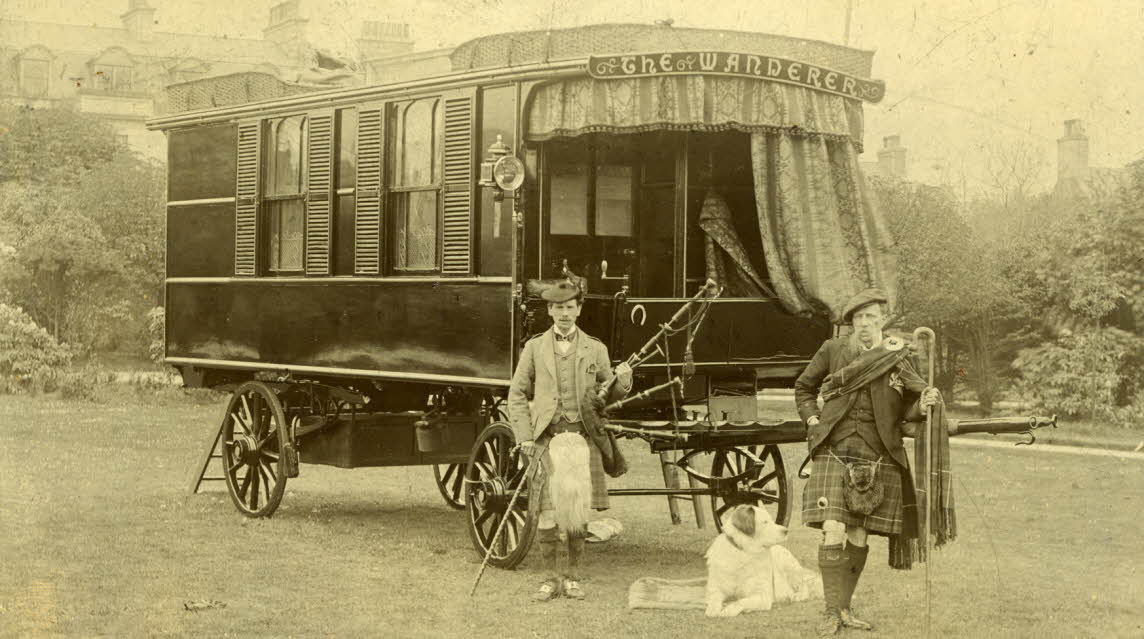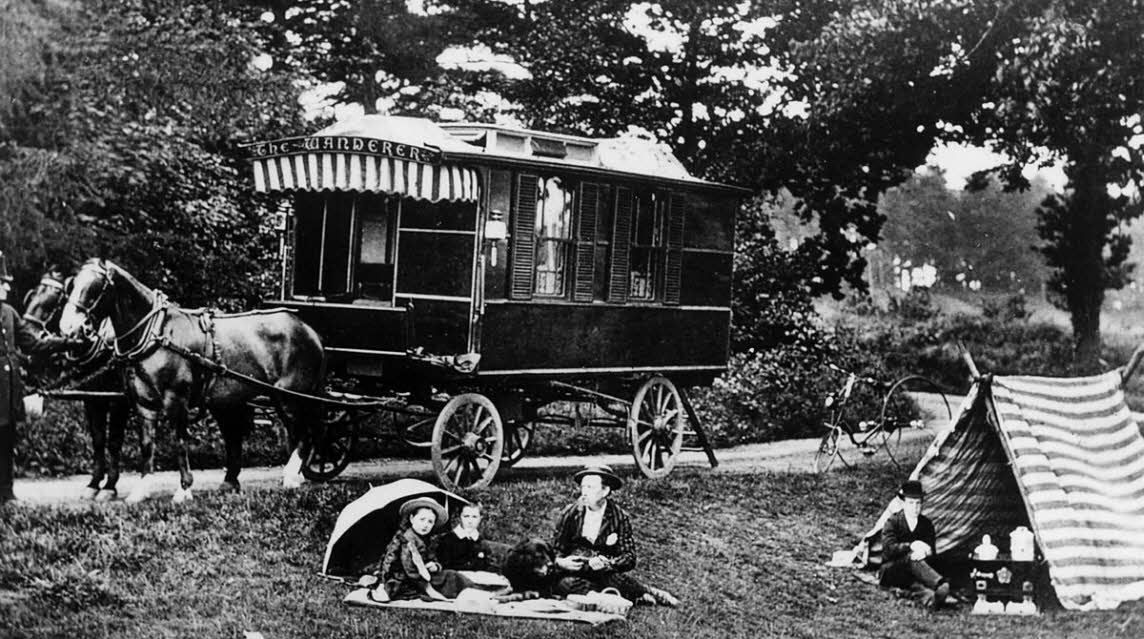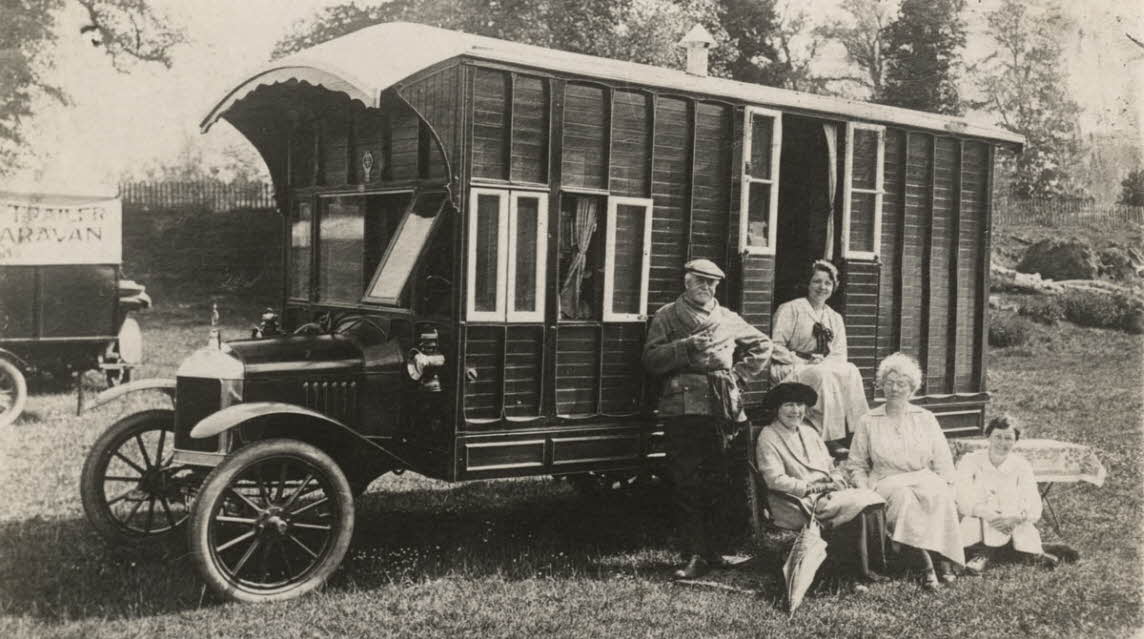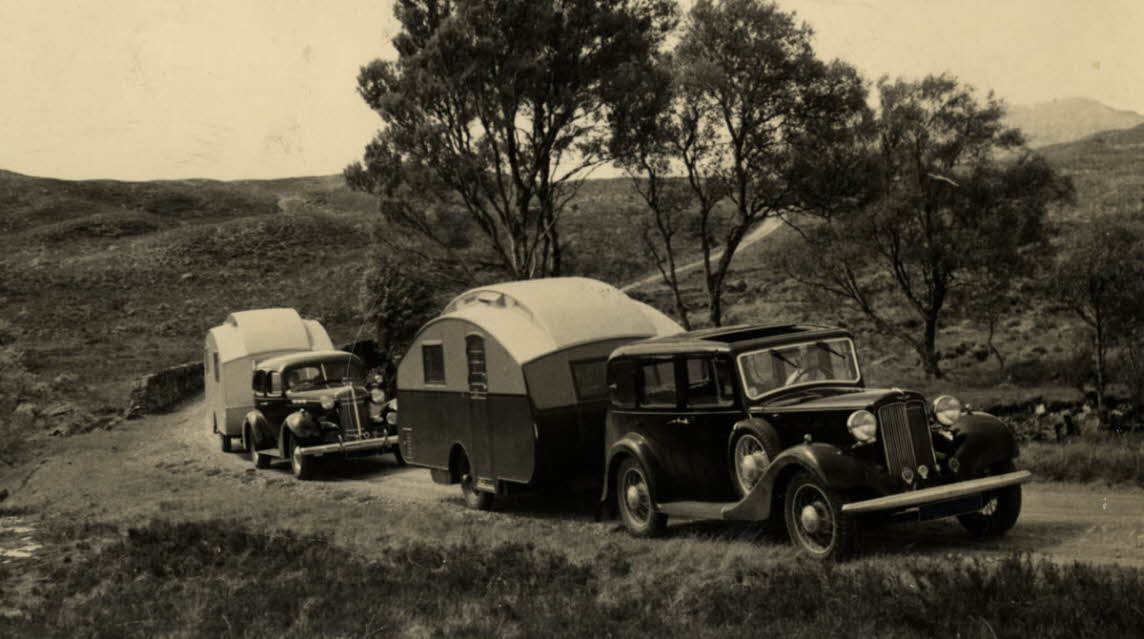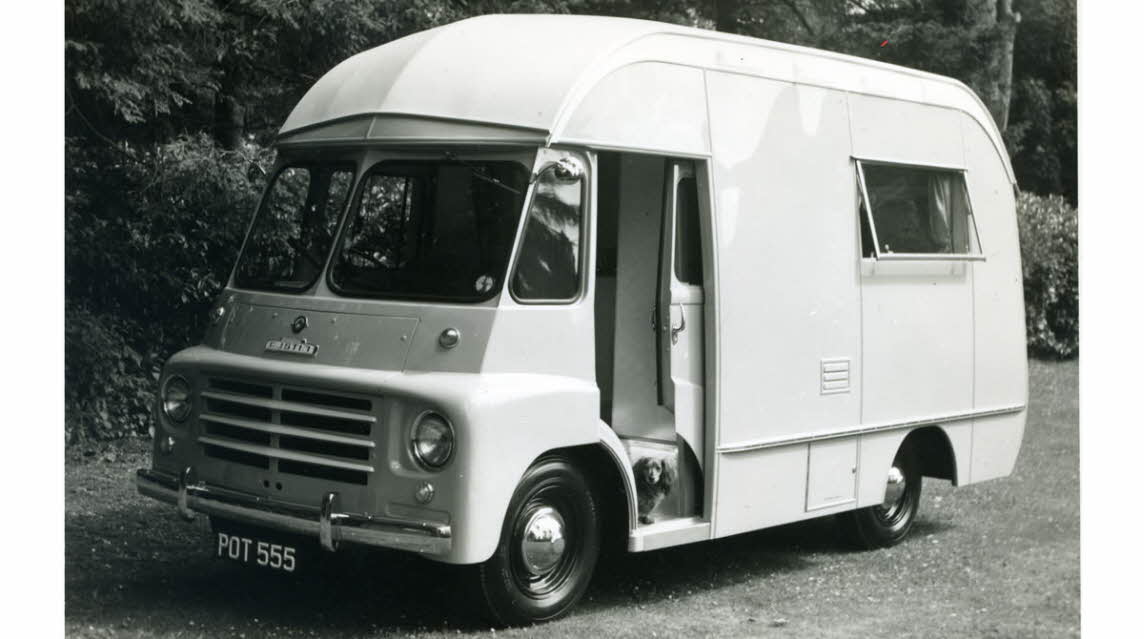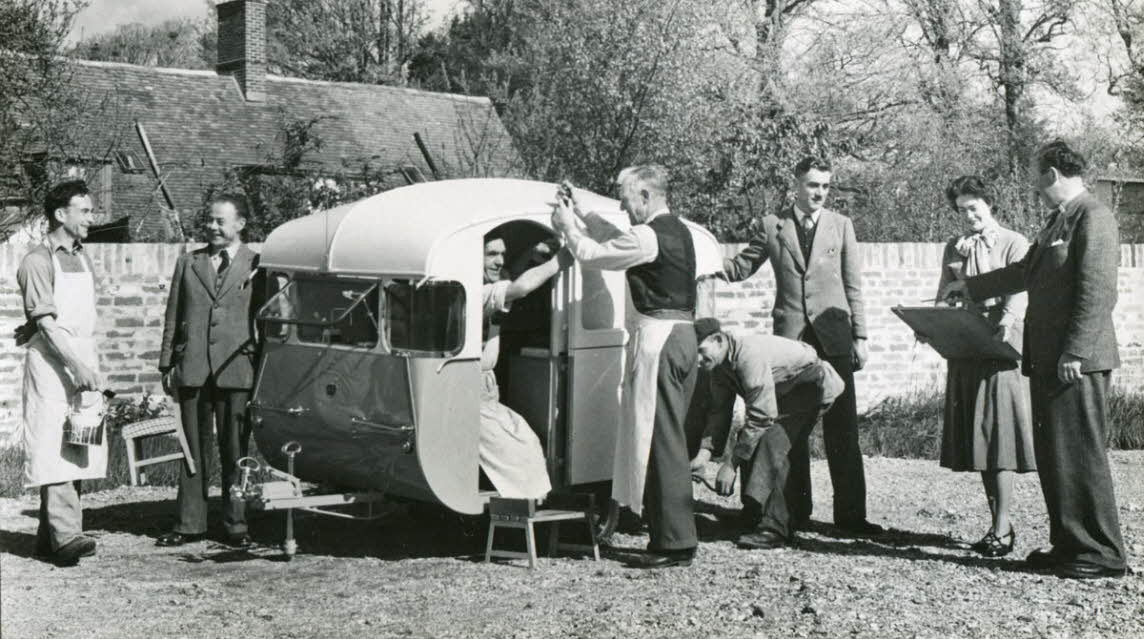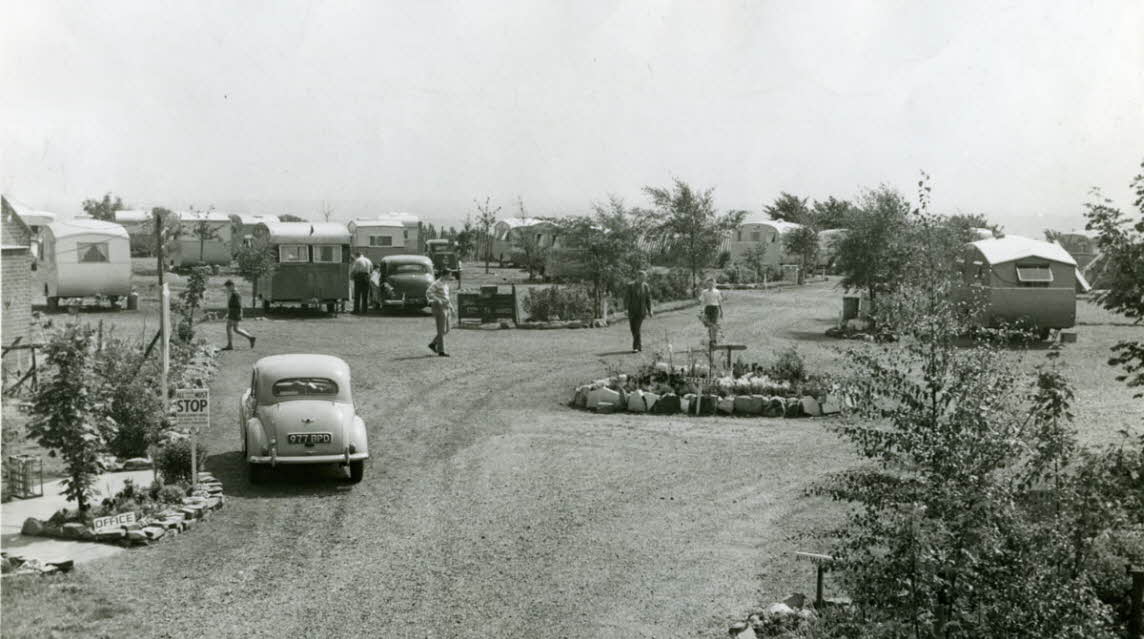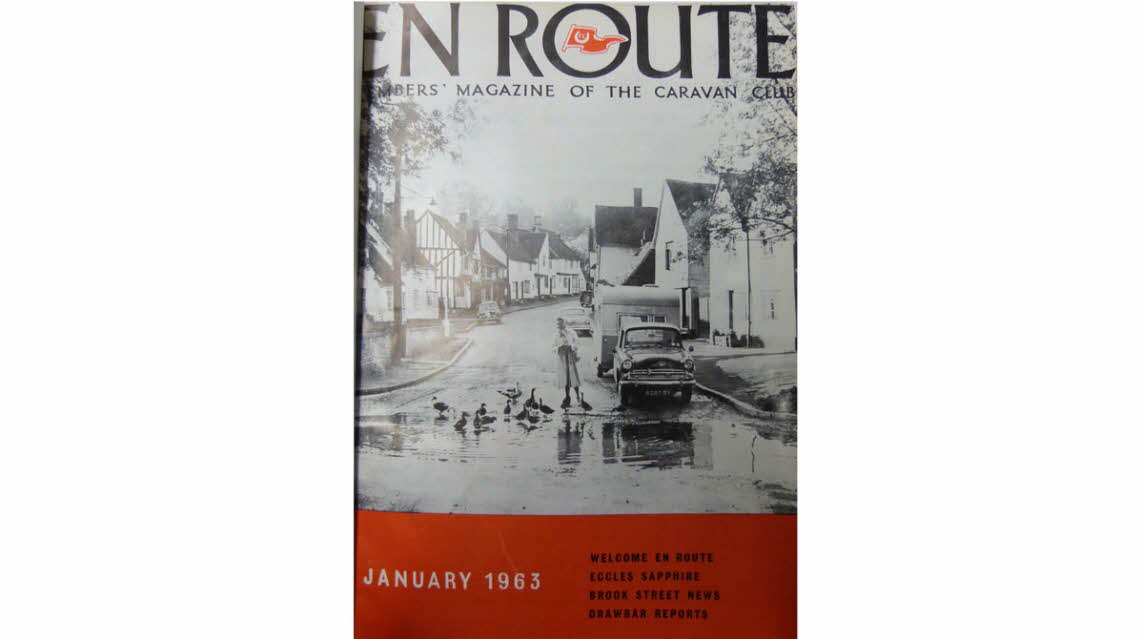2004
Hillhead Caravan Club Site in Devon opens with facilities including restaurant/bar, heated swimming pool, recreation area and a shop.
2005
Sees the launch of online bookings for UK Club sites.
2006
Burrs Country Park Caravan Club Site in Lancashire opens, becoming the first greenfield development for many years.
The Club’s historical archive, known as the Caravan Club Collection, now under the care of the National Motor Museum Trust at Beaulieu, New Forest, with a dedicated Curator.
2007
The Club celebrates its Centenary on 14 June, with parties on every site and celebrations throughout the year. There is a garden party at Buckingham Palace and the 80th National Rally is held at Blenheim Palace. In October, Bob Black MBE stands down as Chairman and is succeeded by current Club Chairman, Grenville Chamberlain.
2008
Poolsbrook Country Park Caravan Club Site near Chesterfield officially opens as the 'greenest' caravan site development in the UK with a range of energy-saving technologies including:
- geothermal heat recovery
- solar and photovoltaic panels
- grey water recycling
- a wind turbine.
All technologies are monitored for suitability for future site developments.
2009
With popularity of caravanning at an all-time high, The Club adds nine new sites to the network.
The Caravan Club Collection at the National Motor Museum continues to grow with historical items on display alongside the miniature Royal Caravan (now returned to The Club for safe-keeping by HRH the Princess Royal).
2010
First Wi-Fi on UK Club sites network. Wi-Fi continues to be rolled out wherever possible across the country.
2012
On 24 January the Club launched ‘Club Together’, its online community. Designed to give registered users the chance to share their thoughts, hints and tips about caravanning, motorhoming and trailer tenting.
2013
Electric car recharging points installed at Brighton Caravan Club Site.
2015 and 2016
The first Club mobile app is launched – the Club Magazine App. Closely followed by a UK Sites Booking App in 2016.
2017
The Club is renamed to the Caravan and Motorhome Club, to focus more on the experiences and adventures that can be enjoyed by all of our current and future members. Read about our new brand...
Spring saw the launch of our glamping offering. Yurts and glamping pods are set up on selected Club sites and can be booked via our sister website Experience Freedom.


